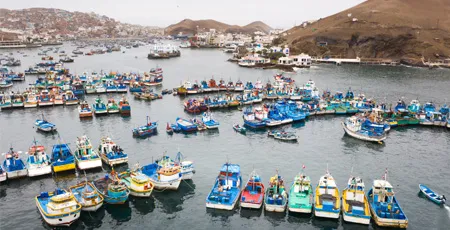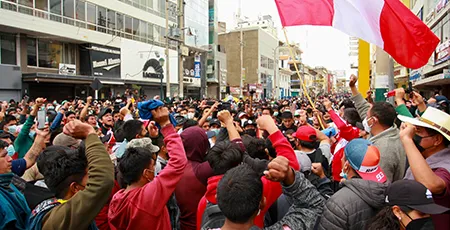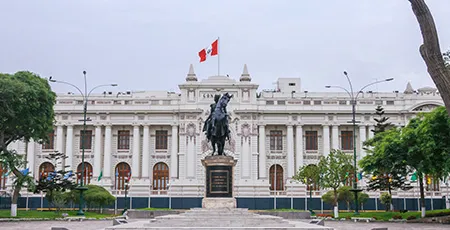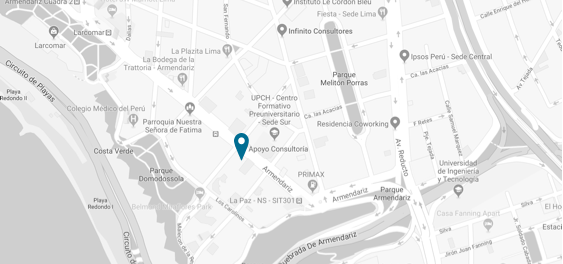Peru's economic growth was dynamic in Q1 2025, although international environment risks have intensified.
The economy maintained a solid growth pace in Q1 2025, around 3.8%, slightly above expectations. Primary sectors, such as agro-exports and fishing, continued to rebound, although they were still affected by weather conditions in Q1 2024.
